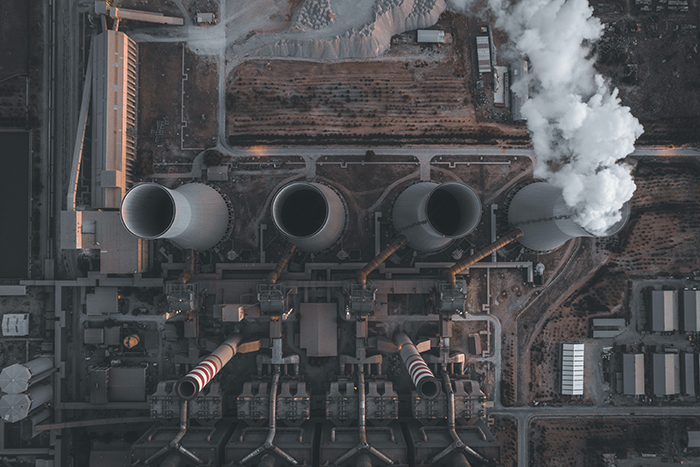In the first two months of this year, Serbia has spent eight times more money on the import of electricity than last year, as shown by the data presented in the Serbian magazine Macroeconomic analyzes and trends. Aside from the energy crisis, this is mostly down to the malfunction at the TPP Nikola Tesla in Obrenovac, which produces a half of the electricity in Serbia, whereas smaller amounts of electrical energy are still produced in hydro power plants – around 30%.
The hydro sector and reversible power plants are crucial to maintaining energy security, and one such power plant is located on the Drina, on Lake Perucac.
The Reversible HPP Bajina Basta was put into operation in 1982 and is still the only such HPP in our country. It is part of the unit of the Drina-Lim power plant, which, with its annual production of 3,300 GWh, comprises around 10% of the total production of electricity in Serbia.
In addition to producing electricity, these HPPs can also store surplus power, which is of great importance in times of crisis, when we are turning more and more to renewable energy sources.
The construction of more such hydro power plants, Bistrica and Djerdap 3, has been postponed for four decades now, and the energy crisis has made these projects current again. Bistrica is somewhat closer to realization.
*The information in this document does not represent legal advice and is provided for general informational purposes only.
12/07/2022



